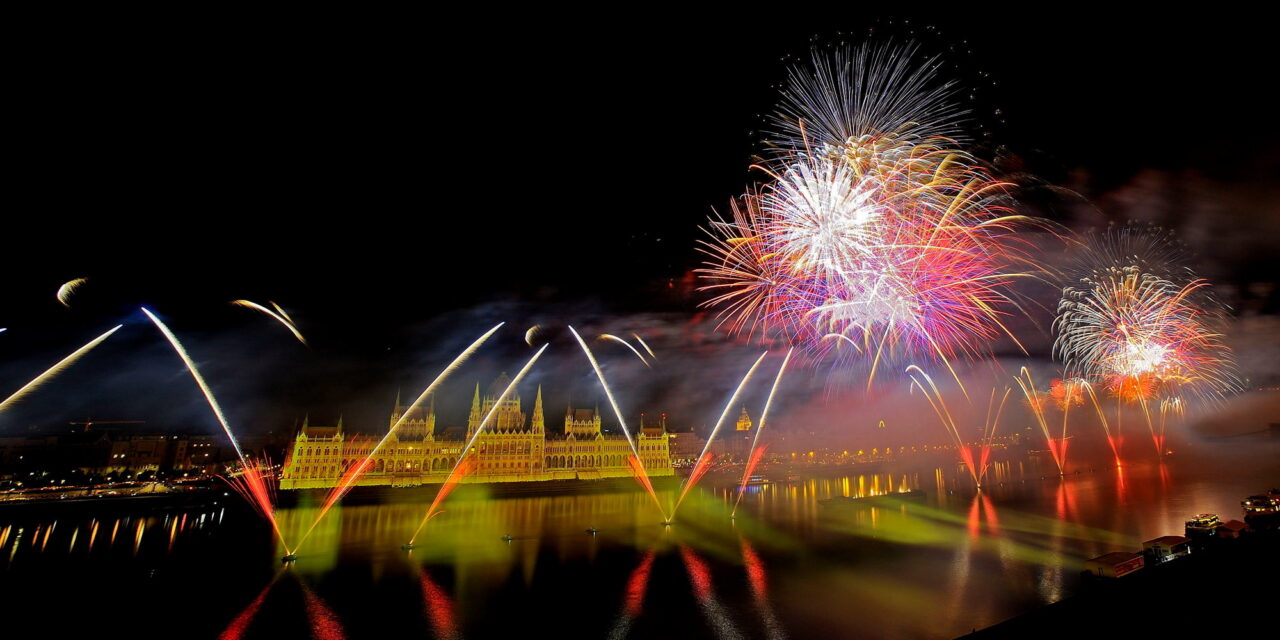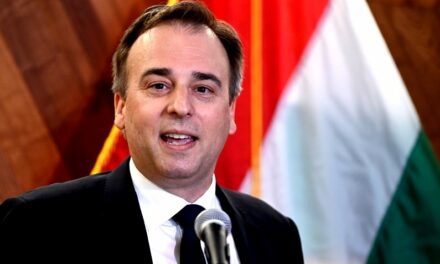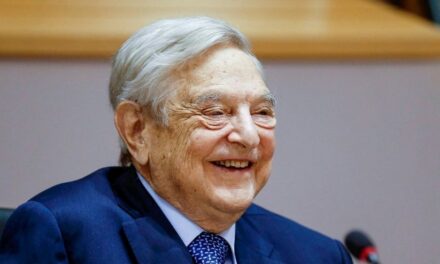Párbeszéd requests that no fireworks be held in Budapest on August 20. In 1954, the regime of the time first moved the old tradition of fireworks to crown the celebration of the founding of the state to April 4, and then banned it for ten years after '56.
Fireworks are "increasingly out of fashion" worldwide, because their costs are huge, while they are seriously harmful to health, claimed the Párbeszéd politician and the head of Budapest's representation in Brussels.
The politician cited light, sound and dust pollution, as well as harmful substances entering the air, as examples. According to Jávor Benedek, the environmental impact and costs of drone games or laser shows are significantly lower than those of fireworks, while "they can provide at least the same visual experience". Known,
earlier, his party colleague Gergely Karácsony also spoke out against fireworks. The mayor of Budapest said that if it were up to him, there would be no fireworks.
The last time the old tradition was banned was after 1956
"Fireworks production was organized as a separate industry in Hungary at the turn of the century, and Adolf Emmerling played a leading role in this, taking over the tradition that had been alive in fragments since the 19th century and continuously existing since 1927 - from 1938 he organized St. Stephen's Day fireworks around the Gellért statue" in the article of the Múltkor historical magazine .
The fireworks crowning the celebration of the founding of the state therefore go back almost a century.
The portal also reveals that the fireworks were moved from August 20 to April 4, the day of "liberation", in 1954. At the time, it was believed that Hungary was completely occupied by the Soviet Union on this day in 1945. In the end, the system was not satisfied with the fact that the fireworks were moved to another holiday, more to Moscow's liking, and
After 1956, there was a ban on all similar activities for ten years.
Children's programs, musical and gastronomic events
As previously reported by hirado.hu, according to the organizers' statement, this year's holiday also provides an opportunity to discover Budapest and its historical heritage.
In the framework of the three-day series of events, visitors can see, among other things, the iconic Golden Train originally built in 1938, a spectacular installation of the flags of 348 Hungarian cities and counties, as well as 102 cities of historical Hungary on the Promenade of the Cities, while with the heroes of the Hungarian nation as part of the Hero's Path program series you can get to know each other inside.
This year, the center of children's programs will be the Magic Garden, the area stretching from the Vajdahunyad castle to the Károly Kós promenade. In addition, the celebrants will be able to visit several cultural, gastronomic and musical events and concerts.
The program of the holiday on August 20 ends in the evening with fireworks. In the evening program, which is considered a tradition and goes back several decades, 34,000 pyrotechnic effects light up the sky, and they are fired from 230 launch points on the Danube section between the Margaret Bridge and the Petőfi Bridge, as well as on the Szabadság and Erzsébet Bridges.
Author: hirado.hu
Cover photo: Fireworks over the Danube in Budapest on August 27, 2022.
The spectacle was postponed by a week based on the emergency signal of the National Meteorological Service (OMSZ) warning of a thunderstorm by the operative group responsible for the safe conduct of the national holiday on August 20. MTI/Péter Lakatos













